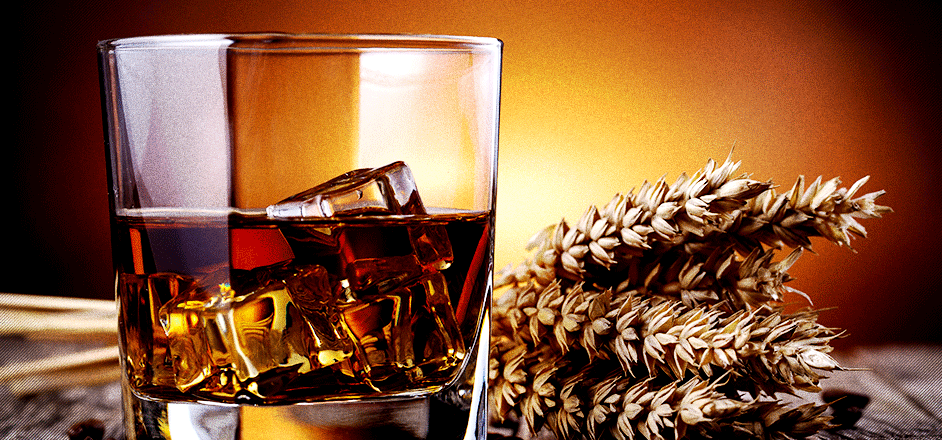Ask a hardcore whiskey connoisseur what the difference between bourbon and rye is and they might scoff at you.
“Bourbon, is fermented from a corn mash, it is much sweeter, rounder and full-bodied, like caramel” they’ll tell you, impatiently swirling their tumbler. “Whereas rye has spicier tones and a drier, more brash profile because it’s fermented with rye grain.”
Some cocktail recipes require one or the other: Manhattans are made with rye, and rye only — old fashions necessitate bourbon. Crossing the two over, or mistaking one for the other, is blasphemy among whiskey-aficionados.
You might as well be confusing apples for oranges.
However, if you can’t tell the difference between bourbon and rye, you don’t need to feel like an asshole. As it turns out, most consumers can’t distinguish the two anyway. To most consumers, the difference between bourbon and rye is not only hazy, but almost non-existent. At least, according to research published in the Journal of Food Science.
“There is definitely a tendency for bartenders to talk about how some drinks should absolutely be made with bourbon or rye and I think it's clear now that there is more flexibility,” Jacob Lahne, an assistant professor at Drexel University and one of the study’s lead authors said in a press release. “In a way it's fun and exciting — it gives you a bigger universe to play with.”
For the experiment, researchers presented 21 sample subjects with a tray of 10 un-marked whiskeys — five ryes and five bourbons. Study participants were then instructed to smell each sample and organize them into no fewer than two groups and no more than nine. Then, several days later, they were asked to do exactly the same thing again.
What they found was that subjects were strongly influenced by things like alcohol content, age at bottling and brand. Those, they could group together pretty well. But when it came to separating the samples by mash bill — separating the ryes from the bourbons — no one was successful.
The reason? Lahne hypothesizes that most brands have a strong “house-flavor,” that is more noticeable between distillers. For example, the test subjects were all very likely to group Jim Beam whiskey’s together because they have a distinct roasted peanut scent.
On top of that, Lahne says, when it comes to modern whiskeys the difference between rye and bourbon really comes down to their mash bill. What percentage of rye wheat was used in the fermentation process? What percentage of corn? Aside from that, the legal and stylistic requirements for recipes are all but identical these days.
Maybe the distinction was more apparent back in the day, when distilleries weren’t so standardized; back before there were high-tech computer monitoring systems to oversee the entire distilling process. Today, though, there’s not as much legal room for error or unorthodox flavor alterations. Making it much harder to tell the difference between your standard bourbon and your standard rye.
Keep in mind, though, that this experiment was testing the “average consumer” and not whiskey sommeliers. To someone who spends their paychecks collecting rare bottles, and who spends their evenings mulling over the nuanced differences in flavor between them, the distinction between rye and bourbon isn’t something can (or should) be confused.
To the average Joe, though, it’s a game of tomatoe-tomahtoe.



Leave a Reply